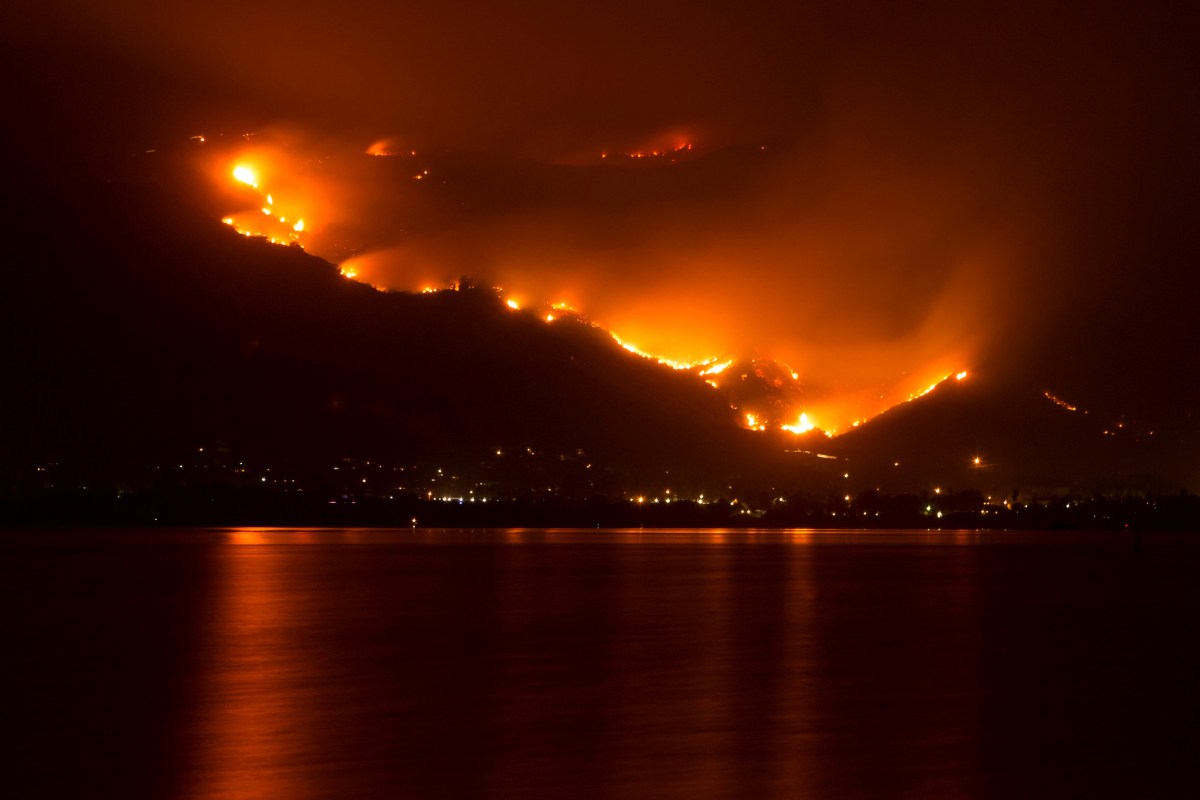Unveiling the Power of AI: Microsoft’s Role in Fire Damage Assessment in Los Angeles
In recent years, Los Angeles has faced an increasing number of devastating fires, prompting a pressing need for rapid and accurate fire damage assessment. Enter Microsoft, a tech giant that is harnessing the power of artificial intelligence (AI) to transform how fire damage is mapped and assessed in the city. This innovative approach not only enhances the accuracy of damage reports but also significantly speeds up response times in emergency situations. As we delve into this groundbreaking initiative, we’ll explore the technology behind it, the benefits it offers, and the potential implications for emergency management in Los Angeles.
Understanding Fire Damage Assessment
Fire damage assessment is a critical process that involves evaluating the extent of damage caused by fire incidents. This assessment is essential for various stakeholders, including:
- Insurance companies seeking to settle claims.
- Emergency services needing to allocate resources effectively.
- Local governments planning for rebuilding efforts.
Traditionally, this process has been labor-intensive, relying heavily on manual inspections and extensive documentation. As a result, assessments can often take days or even weeks to complete, which can delay crucial recovery efforts. However, with the advent of AI technologies, this paradigm is shifting.
The AI Revolution in Fire Damage Assessment
Microsoft’s approach to transforming fire damage assessment in Los Angeles involves leveraging advanced AI algorithms and machine learning techniques. By utilizing satellite imagery, drones, and data analytics, Microsoft is paving the way for a more efficient and precise assessment process.
Key Technologies at Play
Several technologies are central to Microsoft’s initiative:
- Satellite Imagery: High-resolution satellite images provide a comprehensive view of affected areas, allowing for detailed analyses of fire damage.
- Drones: Equipped with cameras and sensors, drones can capture real-time data and images from hard-to-reach locations, offering insights that ground assessments might miss.
- Machine Learning Algorithms: These algorithms analyze vast amounts of data to identify patterns and predict the extent of damage, enhancing the accuracy of assessments.
How Microsoft is Enhancing Accuracy and Speed
By integrating these technologies, Microsoft is significantly enhancing both the accuracy and speed of fire damage assessments. Here’s how:
1. Improved Data Collection
The use of satellite imagery and drones allows for rapid data collection across wide areas affected by fires. This comprehensive data cataloging ensures that no critical details are overlooked, leading to more precise assessments.
2. Faster Analysis
AI algorithms can process data at speeds unattainable by human inspectors. This means that once data is collected, assessments can be completed in a fraction of the time, allowing emergency services to respond more quickly to the needs of affected communities.
3. Enhanced Predictive Capabilities
Machine learning models can analyze historical data to predict potential future damages and risks. This predictive capability allows for better resource allocation, as emergency services can prepare for likely scenarios before they occur.
The Impact on Emergency Response
The implications of Microsoft’s AI-driven fire damage assessment are profound. With faster and more accurate assessments, emergency responders can make informed decisions quickly, ultimately saving lives and minimizing property loss. Key benefits include:
- Quicker Resource Deployment: Emergency services can allocate personnel and equipment more efficiently based on accurate data.
- Informed Rebuilding Strategies: Local governments can use detailed damage reports to prioritize areas for recovery efforts.
- Community Support: Faster assessments can lead to faster financial support for affected residents from insurance companies and government agencies.
Challenges and Considerations
Despite the promising advancements, there are challenges that need to be addressed to fully realize the potential of AI in fire damage assessment:
- Data Privacy: The collection and analysis of data raise concerns about privacy and the security of personal information.
- Technological Barriers: Not all areas may have access to the necessary technology, creating disparities in assessment quality.
- Training and Implementation: Emergency responders and local officials must be trained to use these new technologies effectively.
Looking Ahead: The Future of Fire Damage Assessment
The future of fire damage assessment in Los Angeles, and indeed across the globe, looks promising with the integration of AI technologies. As Microsoft continues to refine its tools and techniques, we can expect even greater advancements that will enhance the capabilities of emergency responders. Here are some potential future developments:
- Integration with Other Technologies: Combining AI with the Internet of Things (IoT) can provide real-time monitoring of fire-prone areas, enabling proactive measures.
- Community Engagement: Platforms that allow community members to report damages and hazards could enrich the data pool and improve assessments.
- Global Collaboration: Sharing data across different regions could enhance the understanding of fire behavior and damage patterns, leading to better preparedness worldwide.
Conclusion
Microsoft is unearthing a new era in fire damage assessment through the innovative deployment of AI technologies in Los Angeles. By enhancing the speed and accuracy of assessments, this initiative not only benefits emergency response efforts but also supports local communities in their recovery journeys. As we continue to witness the powerful impact of AI across various sectors, the transformation of fire damage assessment stands as a testament to how technology can be harnessed for the greater good. The path forward is filled with opportunities for improvement, collaboration, and ultimately, a safer future for all.
See more Future Tech Daily

